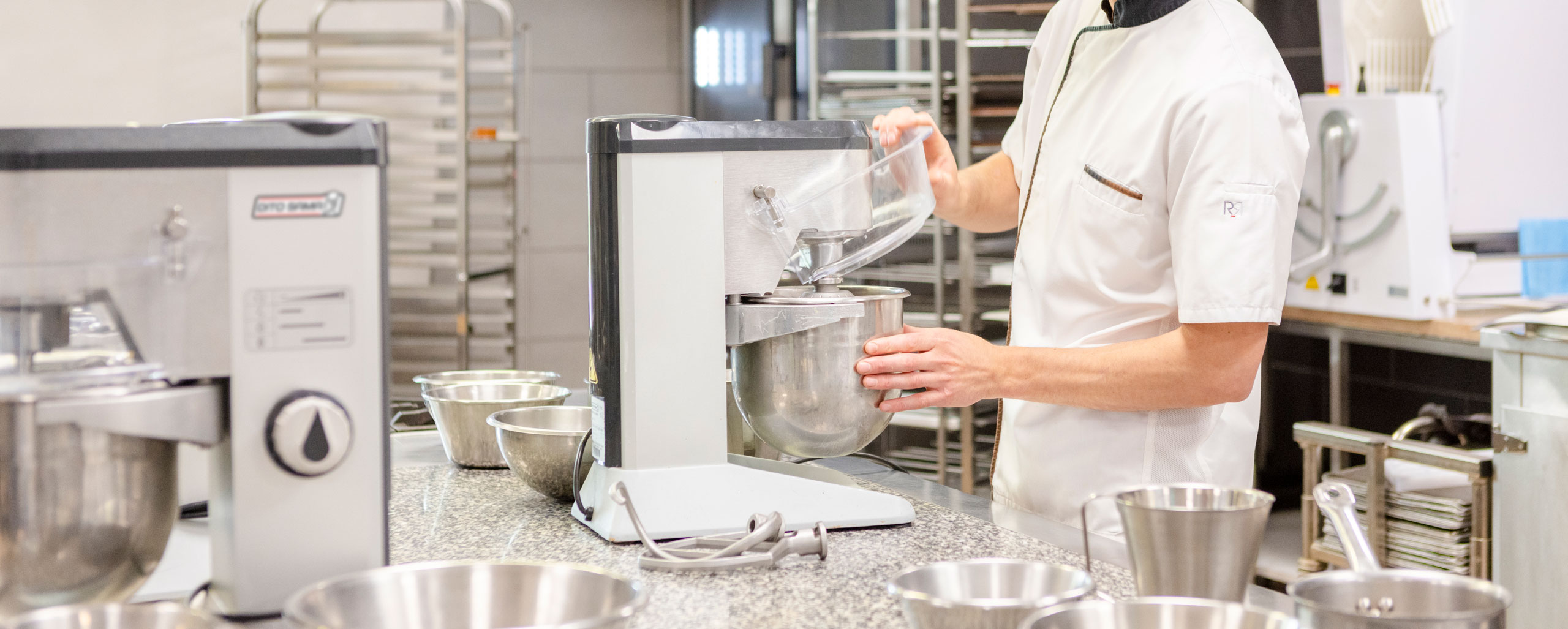

Essential Appliances for Setting Up a Fully Equipped Commercial Kitchen
Designing a commercial kitchen from the ground up is a complex task – but it’s also one of the most exciting phases of launching or expanding a food business. The right equipment doesn’t just fill a space; it shapes how efficiently your team can work, how safe the environment is, and how consistent your output will be. Before the burners are lit or the mixers start spinning, it’s critical to align your setup with the core requirements of a commercial kitchen.
In this guide, we’ll walk through the must-have commercial kitchen appliances, key safety and hygiene requirements, and best practices for organizing your space to boost workflow.
Essential Equipment Every Commercial Kitchen Must Have
Every kitchen tells its own story, shaped by the type of cuisine, the size of the team, and the rhythm of daily service. But behind every great kitchen is a well-thought-out lineup of essential tools. Before diving into specialty appliances or layout tweaks, it’s important to focus on the categories of equipment that form the operational backbone of any professional kitchen. From prep to storage, these appliances drive productivity and consistency from the ground up:
01.
Food preparation equipment:
this includes professional food processors, slicers, hand mixers, and vegetable cutters. These appliances drastically reduce manual labor and ensure consistent prep.
02.
Cooking equipment:
ovens (convection or combi), fryers, grills, steamers, and induction cooktops form the heart of most kitchens. Choose models that balance output, energy efficiency, and durability.
03.
Cold storage units:
from reach-in refrigerators to undercounter freezers, reliable temperature control is critical for food safety.
04.
Sanitation systems:
high-capacity dishwashers, handwashing stations, and waste management setups help maintain cleanliness and comply with regulations.
05.
Storage solutions:
shelving, bins, and secure dry storage areas keep supplies organized and accessible, reducing clutter and improving kitchen flow.
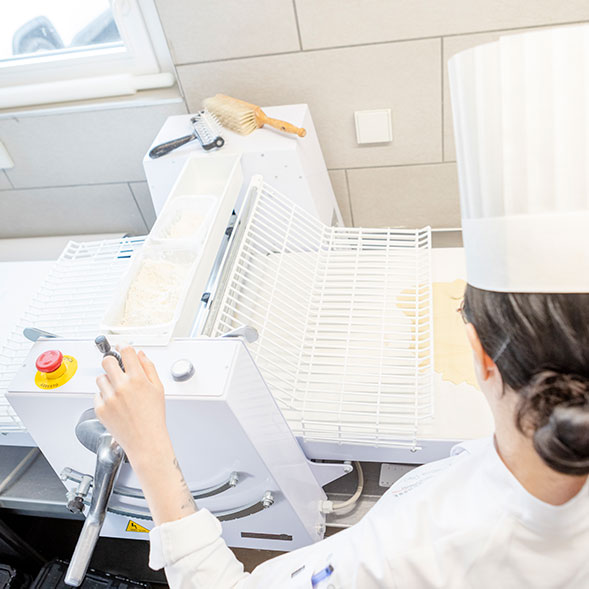
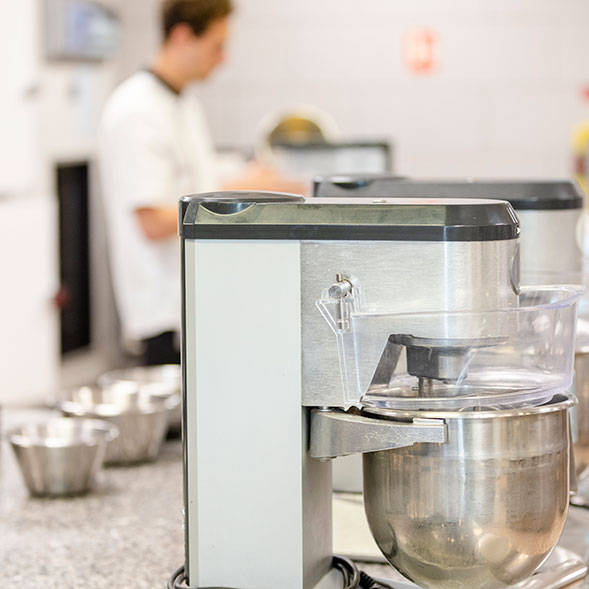

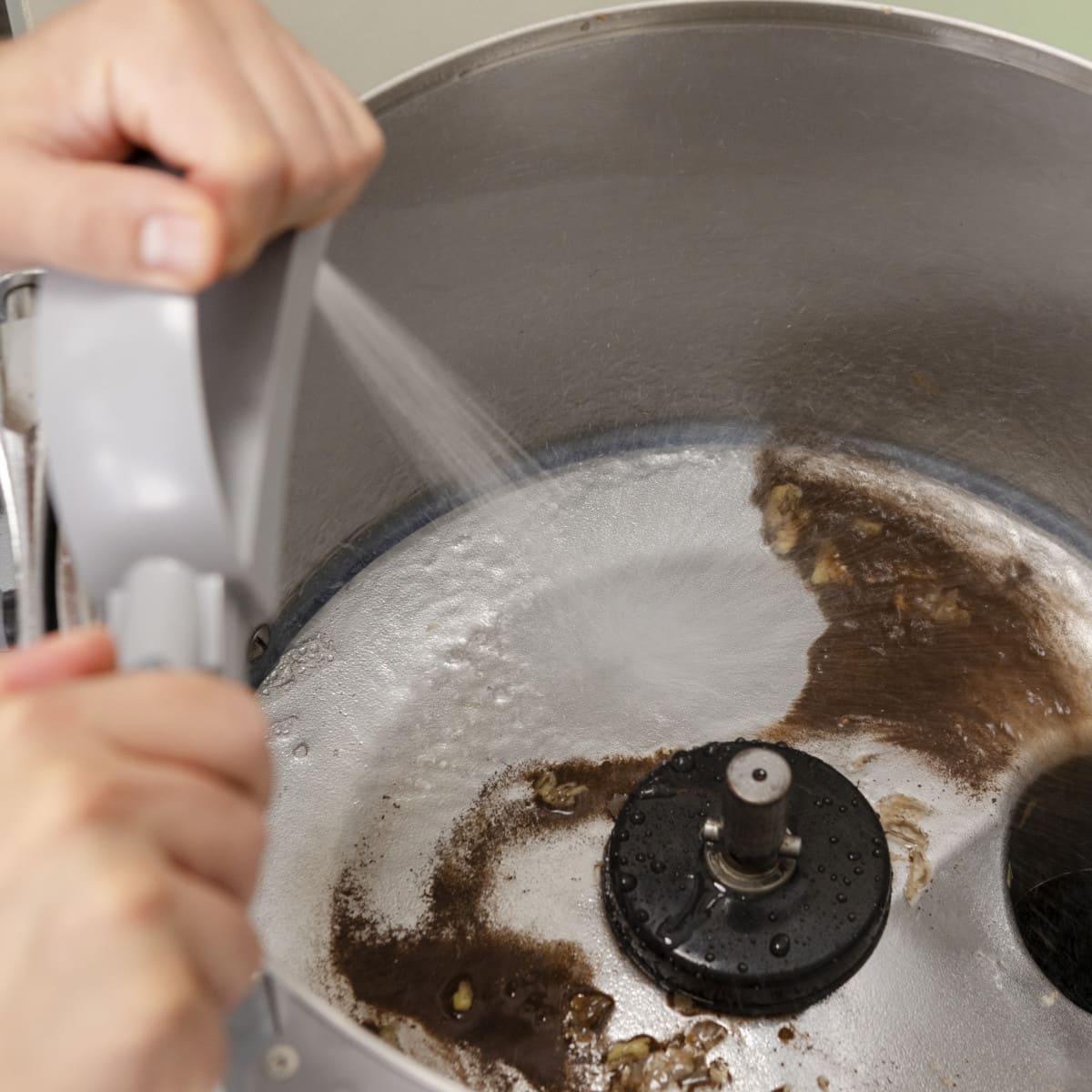
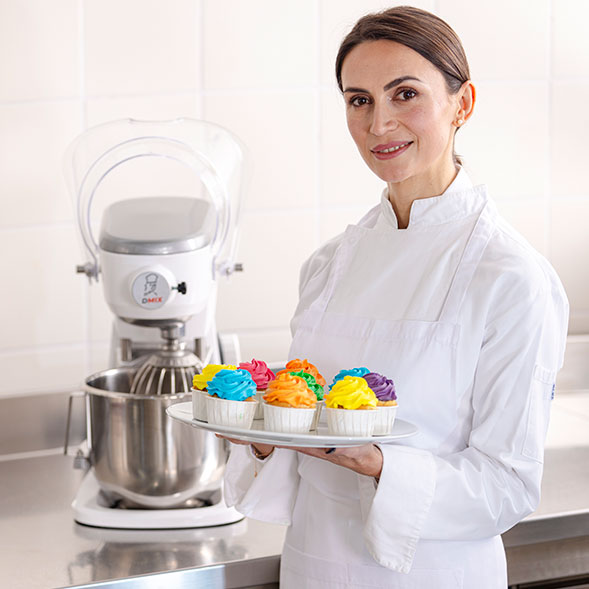

01.
Food preparation equipment:
this includes professional food processors, slicers, hand mixers, and vegetable cutters. These appliances drastically reduce manual labor and ensure consistent prep.

02.
Cooking equipment:
ovens (convection or combi), fryers, grills, steamers, and induction cooktops form the heart of most kitchens. Choose models that balance output, energy efficiency, and durability.

03.
Cold storage units:
from reach-in refrigerators to undercounter freezers, reliable temperature control is critical for food safety.

04.
Sanitation systems:
high-capacity dishwashers, handwashing stations, and waste management setups help maintain cleanliness and comply with regulations.

05.
Storage solutions:
shelving, bins, and secure dry storage areas keep supplies organized and accessible, reducing clutter and improving kitchen flow.
When selecting commercial kitchen equipment, focus on multi-functionality, durability, and ease of cleaning. Brands like Dito Sama design their tools to meet these exact needs, supporting chefs with durable appliances built for volume, speed, and precision.
Safety and Hygiene Standards for Commercial Kitchens
Equipping your kitchen also means meeting strict safety and hygiene regulations. Commercial kitchen requirements vary by location, but generally include the following:
- Proper ventilation systems to control smoke, odors, and heat.
- Handwashing stations located in easily accessible areas.
- Non-slip flooring and clear walkways to prevent accidents.
- Food-safe surfaces for prep and storage, such as stainless steel worktops.
- Temperature monitoring systems to ensure that cold and hot foods are stored and served safely.
In addition to facility design, your equipment plays a crucial role in meeting hygiene standards. Appliances with removable parts, seamless construction, and dishwasher-safe components simplify sanitation and reduce risk.
Many commercial kitchen appliances from Dito Sama are built with these hygiene-first features in mind – designed to meet international food safety standards while remaining practical and durable.
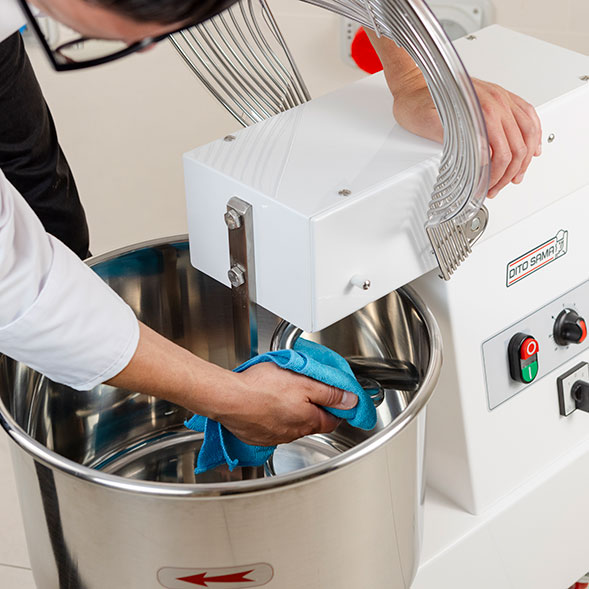
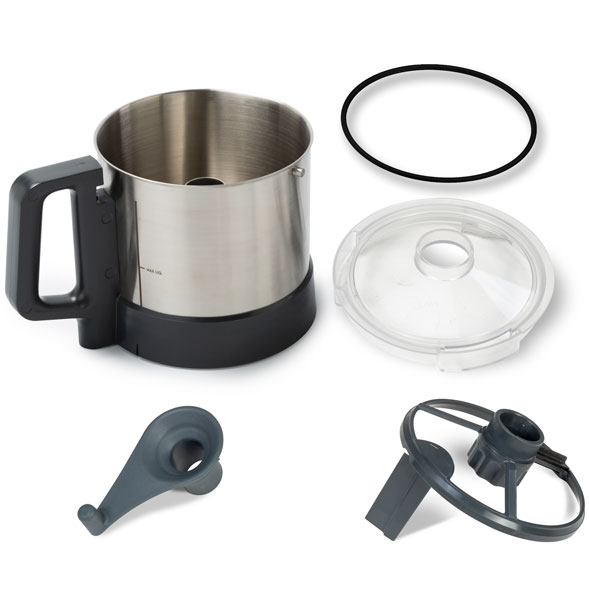
How to Optimize Space and Workflow in a Commercial Kitchen
Even with the right appliances, a poorly organized kitchen can slow down service and create bottlenecks. Optimizing layout and workflow is essential to getting the most from your space.
Start with a layout that reflects your operation’s needs. The classic kitchen work triangle – connecting prep, cooking, and cleaning stations – remains a useful principle. In larger kitchens, zoning by task (e.g., hot line, cold prep, pastry) can reduce traffic and cross-contamination.
Other workflow tips include:
- Group related appliances together (e.g., cutters and slicers near prep counters, blenders near cold storage).
- Allow for clear, uninterrupted paths between stations.
- Choose compact or multifunctional equipment to free up floor space.
- Use vertical space for shelving and hanging racks to maximize storage.
High-performance commercial kitchen equipment – especially compact or modular designs – can dramatically improve your use of space. Dito Sama’s range of prep tools, for instance, is built with real kitchens in mind, offering power and precision without sacrificing flexibility.
Ultimately, designing a compliant and efficient kitchen isn’t about buying the most equipment – it’s about selecting the right appliances that work in harmony with your team and your space.
LAST NEWS



